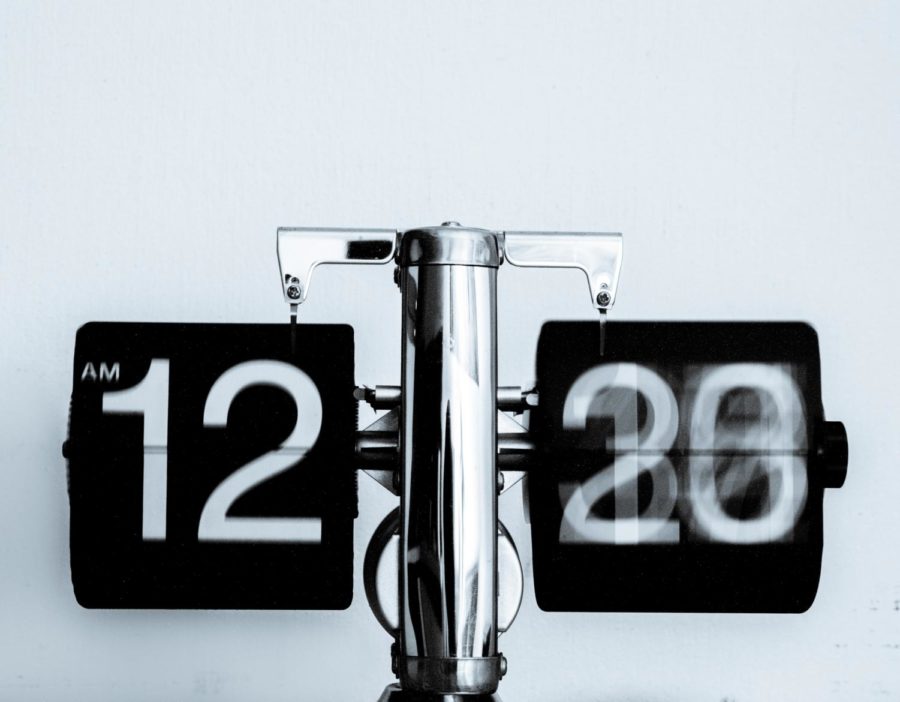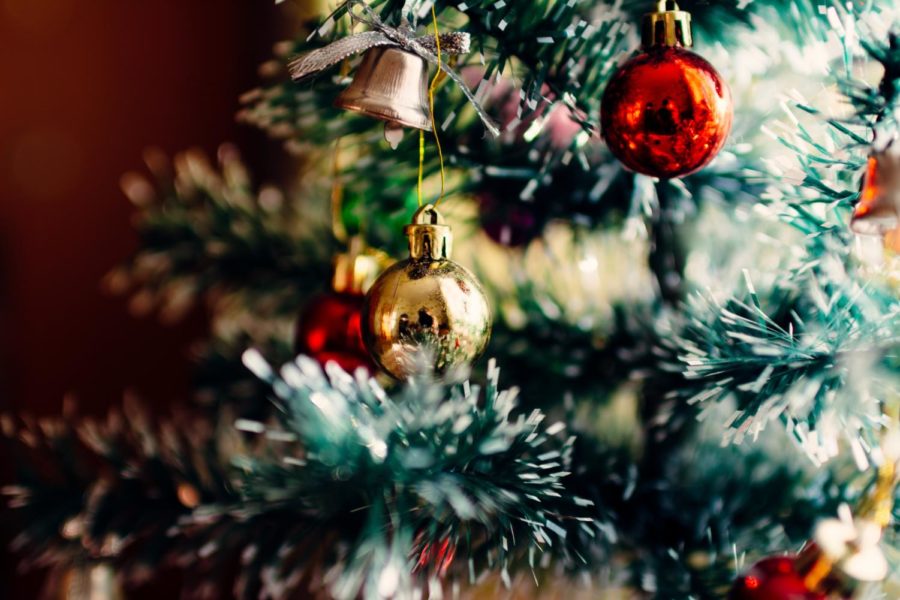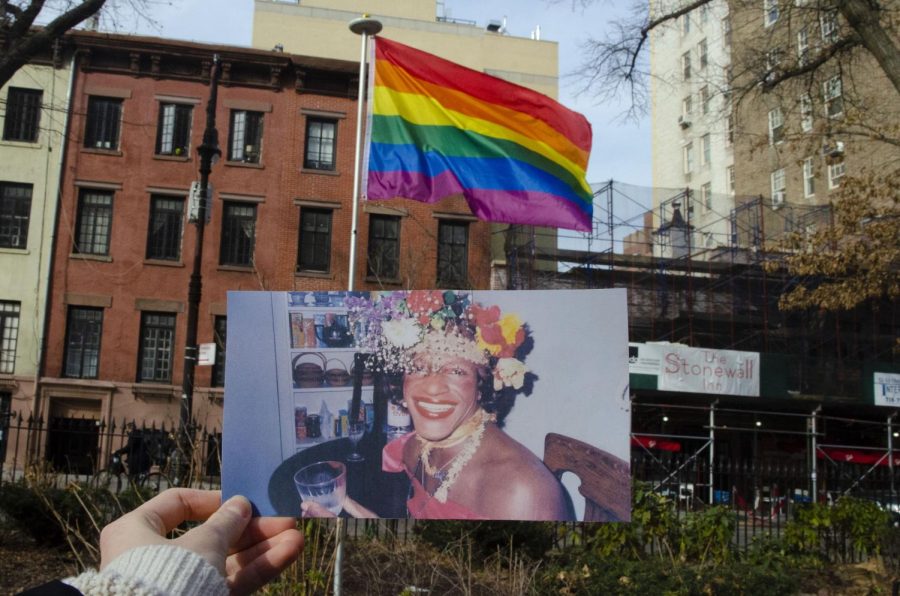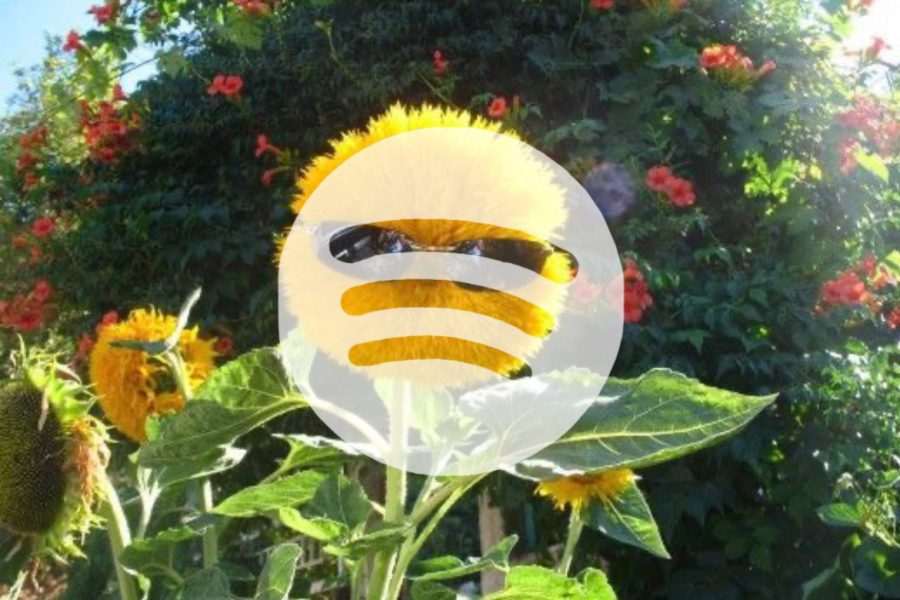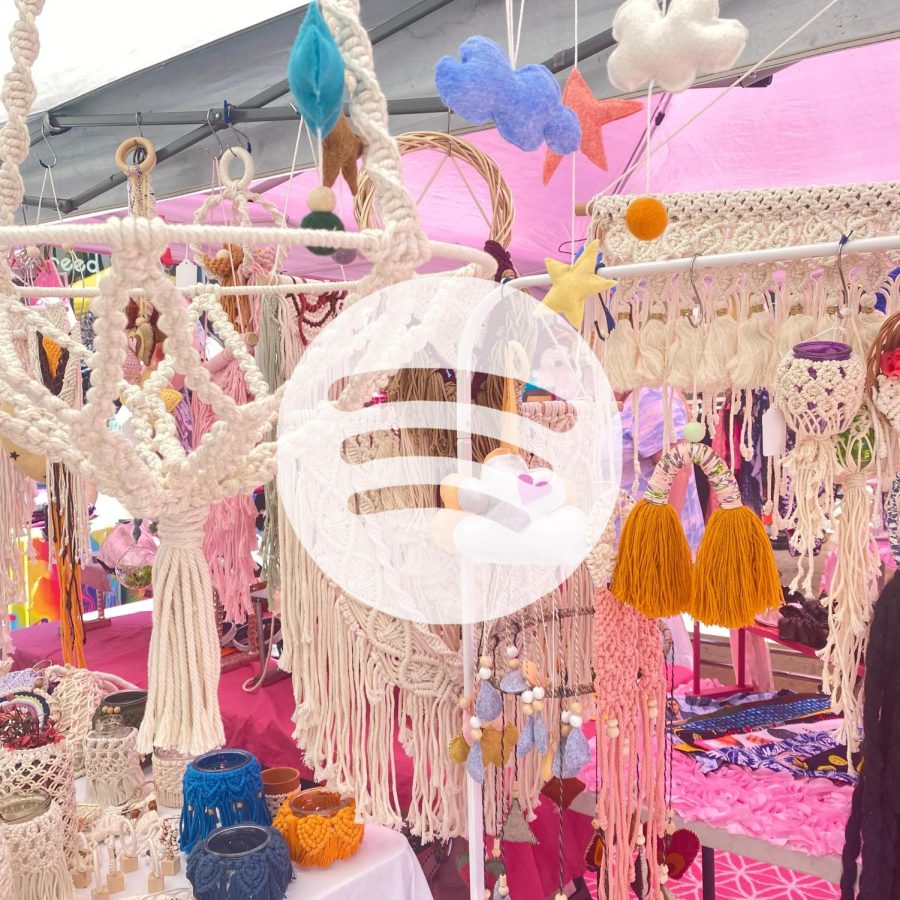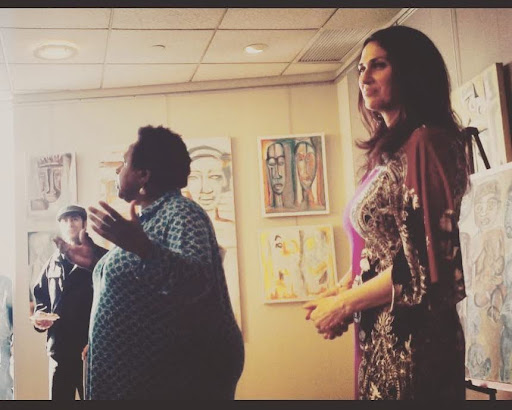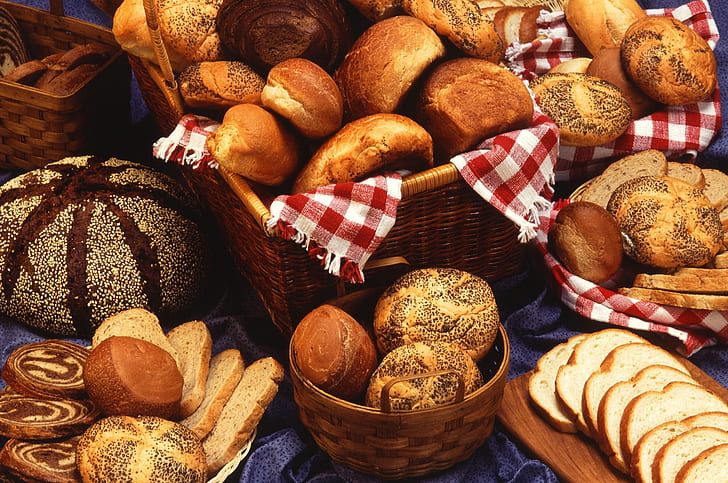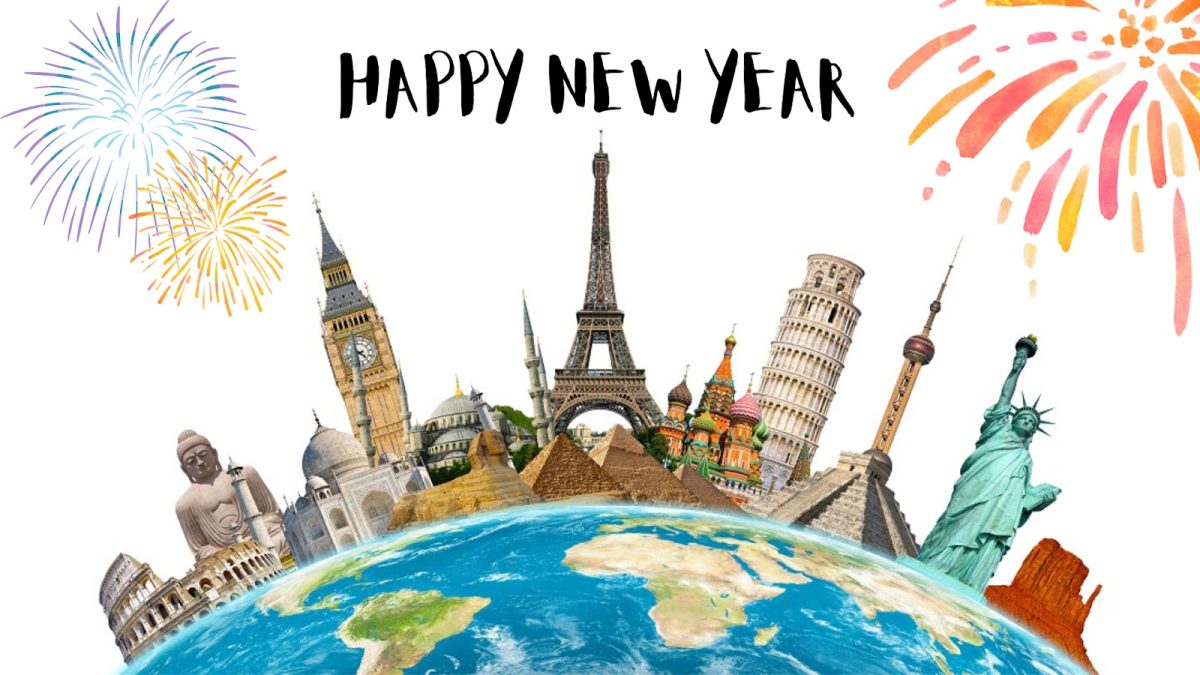3… 2…1! Happy New Year! The crowd erupts with a wave of overwhelming excitement and the sound of enthusiasm for what the new year will bring rings in our ears.
Many of you are familiar with the annual Times Square Ball Drop in New York City, an exciting and joyful tradition that Americans have looked forward to since 1907. To some, the new year is a reason to party, but it also symbolizes a fresh start, the passage of time, and self-reflection. These principles are celebrated throughout the world in various ways, many of which you may have not heard of–so I’ll be trying out some unique New Year traditions before 2025 begins, and I’ll share with you the perfectly imperfect reality of my experiences.
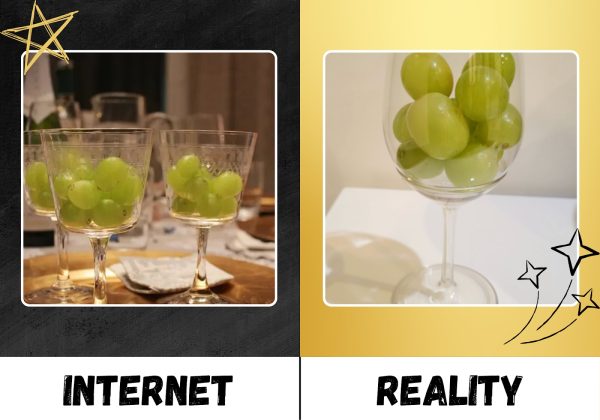
1. Spain:
In Spain, it’s tradition to eat one grape every time the clock chimes at 12:00, as it is supposed to guarantee a lucky year. If you are unable to finish the grapes before the clock is done chiming, you will have a year of misfortune ahead of you. As a certified grape lover, I was intrigued by this tradition, as eating fruit isn’t something I typically associate with the new year. I was aware that time would go by rather quickly, so the trick was to chew and swallow quickly. Unfortunately, both my inflated ego and I were defeated, as I was unable to finish all 12 grapes. When I was eating them at first, I was confident that I’d finish them all, but as the amount of unchewed grapes kept building in my mouth, I realized I wouldn’t get through half. To be fair, the grapes from the school cafeteria are surprisingly large (I bought them before we left for break)–but you could say I bit off more than I could chew.
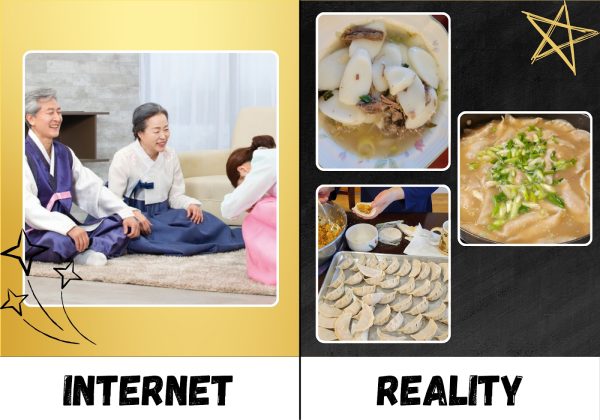
2. Korea:
It is customary for a Korean family to gather for sebae, where one bows respectfully to elders, wishing them a Happy New Year in return for their own blessings. As a Korean-American, I too celebrate the new year by gathering with my mom’s side of the family for sebae. After bowing to my grandparents, my cousins and I receive sebaedon, which is money in an envelope rewarded to juniors. On this day, the women of my family also make homemade tteokguk, a Korean soup with thinly sliced rice cakes, topped with egg and seaweed. This dish can symbolize the gain of one year of age, new beginnings, prosperity (as their cylindrical shape resembles coins), and a long life because of their heartiness. While tteokguk is something I rarely eat, the warm, comforting broth paired with the slightly chewy rice cakes is enough to get me pumped for the new year.
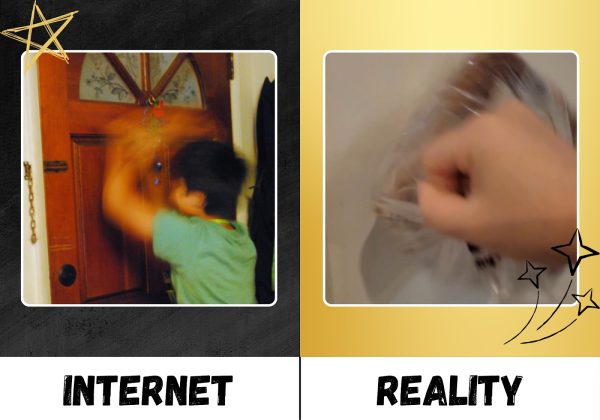
3. Ireland:
In Ireland, families bang bread against the walls and doors of their home to ward off evil spirits, which paves a way for a prosperous and healthy new year. While this tradition is usually done with leftover Christmas bread, I only had a loaf of whole wheat bread from my local ShopRite, so I had to make do with what I had. While it was weirdly therapeutic to pound the bag of bread against my kitchen wall, I was trying to be careful not to bash it too hard, as I would hate to end my year eating busted bread. Not to mention, my family was sleeping, and it would have been difficult to explain to them why I was swinging our loaf of bread like a wrecking ball in the middle of the night. So while I can’t say I beat out the bad energy as passionately as the boy in the image did, it was an experience worth trying.
Regardless of how you enjoy this holiday, it is something to be celebrated: a time to seize new opportunities and conquer the year for yourself. Like me, you can try out these different traditions for yourself and see what makes other cultures special. So start 2025 by being an open learner and maybe you’ll come across some fun New Year’s opportunities–and a smashed loaf of bread.


















